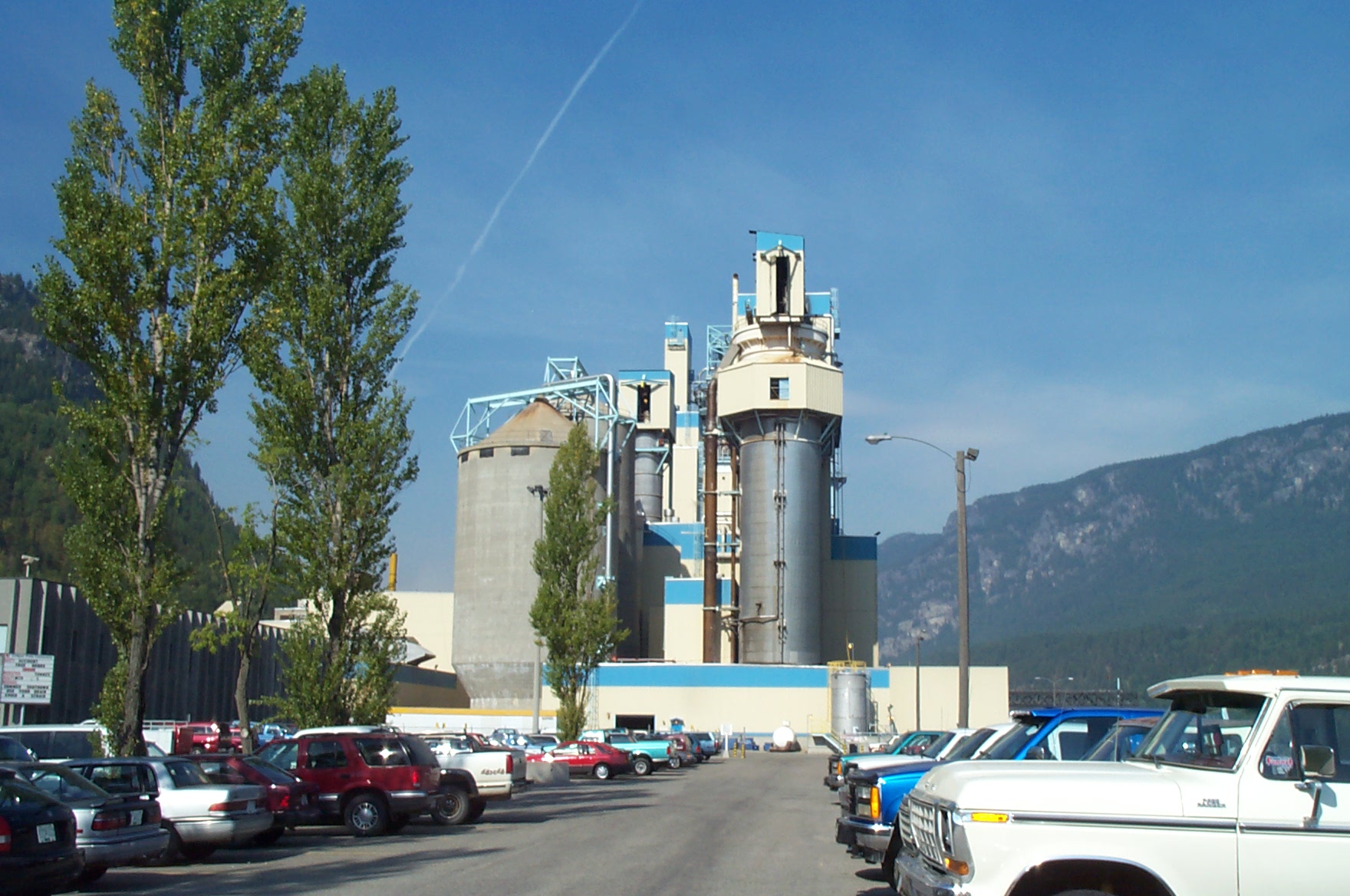The managing director of the Mercer Celgar pulp mill in Castlegar says the three weeks of downtime scheduled to begin on March 7 due to a lack of fibre could actually be slightly shorter than expected if all goes well. We spoke with Bill MacPherson on Friday to learn more about the company’s decision and the state of the pulp industry.
What factors went into your decision to take downtime?
This goes back to a long time problem emerging over the last number of years but it became more problematic early in November. A number of sawmills across the province were already curtailed, slowing, shut. There was lots of impact on pulp mills.
We continued hoping we could run through it, but early November we realized we weren’t going to have enough fibre to run at full rates through the winter. We made the painful decision to slow around Nov. 10. Normally we run at about a 1,600 ton a day peak rate and we slowed that rate to about 900 tons and said we’re going to have run that way to the end of January.
We got some positive news through November. We were able to speed to about a 1,200 rate through December and said we’re going to come back after Christmas. Unfortunately, the housing markets and interest rates caused the situation to deteriorate. We said this slowdown is now going to have to extend into June and even July.
So we got together with our senior leadership and said the best way to minimize the impact on our company and our people is try to take the losses in a concentrated time. That’s when we announced a three-week curtailment in March. We were going to take the mill back to peak rates, run our chip inventory out and turn the mill off and wait for our supply chain to recover a little bit and restart at the end of March.
It came on the heels of a lot of other unfortunate news with Canfor closing one of their mills in Prince George and recent curtailments across the province.
So the specific timing had to do with inventory?
It had to do with optimizing inventory, and also to get through the winter far enough that you don’t expose the mill to the risk of freeze up if you we have a late winter. We’re always thinking about how we minimize the impact on our people. You’ve got spring break in there. It seemed like a lot of things aligned. But primarily it was our inventory and our ability to keep enough fibre to run the mill at peak rates. You lose ground to that when you’re outpacing our supply, and that’s what we’ve been doing for a while.
In some ways a three-week shutdown may actually be a relief given what has happened in Prince George. I imagine you are the whims of the same market forces, but does that suggest Celgar is better off than other pulp mills?
I hope it suggests we’ve got more amazing fibre procurement people. I think we’ve got a talented leadership team and workforce that works hard together to problem solve. We do have a little bit of a strategic advantage in that we’re located close to the US border. A pretty healthy percentage of our chip supply comes from the US. Of course, COVID impacted that significantly. Whether we’re [facing] the same market forces and challenges as the rest of the province, there are a few nuances and differences, so we were able to sustain it a little bit longer. But we’re being impacted in a pretty similar way as our competitors and peers.
Are you confident it will only be a three-week shutdown or is that something you’ll have to evaluate at the end?
At this point we’re gathering more data daily and weekly. We believe it’s not going to be longer and likely shorter. We’re not sure how much shorter. A couple or three days at this point. Some of the recent actions by the provincial government, releasing burnt wood through BC Timber Sales, we’ve been successful at winning a few of those auctions. We’ve been working hard on efficiency around our wood use and consumption. So we’ve had a few wins and we’re overperforming. Of course it’s just January.
Our real goal would be not to curtail at all if we can find enough affordable fibre. That’s going to be the challenge. It might be a bar too far to hope we don’t curtail at all, but maybe that’s our aspirational hope and desire. We’re working hard with our fibre procurement teams who are doing an amazing job of problem solving.
Does the government’s announcement about ensuring a fibre supply for secondary manufacturers affect you?
That won’t be something in the short term we’ll see an impact out of. It’s always positive to hear there’s investment in forestry infrastructure. Secondary manufacturing can produce residual streams of chips to pulp mills, whether sawmills or cross-laminated timber plants, so long-term that’s a positive for us. It’s hard to estimate the impact and when.
For the here and now we’ve got to deal with what we’ve been handed. We’re bidding on timber sales and burnt wood and waste residual. The challenge with sawmills taking more curtailment because of the slowing US housing market and other factors is they produce less residual. Because they’re not logging as much, that low value pulp mill log is not coming out of the forest. We’re not getting residuals from sawmills so this is the root of the problem.
We’ve depleted our inventories both on logs and chips to the point where a slowdown and something of a curtailment was the only way we saw forward to solve the problem. But we’re working hard to minimize the impact and especially to take care of our workers. None of this is their fault.
We’re all caught up in a complex situation. Our people are our No. 1 asset. We want to make sure we take care of everybody through this and reduce the anxiety, keep people safe, and not get distracted by the stress of “Holy cow, am I going to be laid off and not get paid?” We’re working effectively with the union executive and communicating as best we can.






